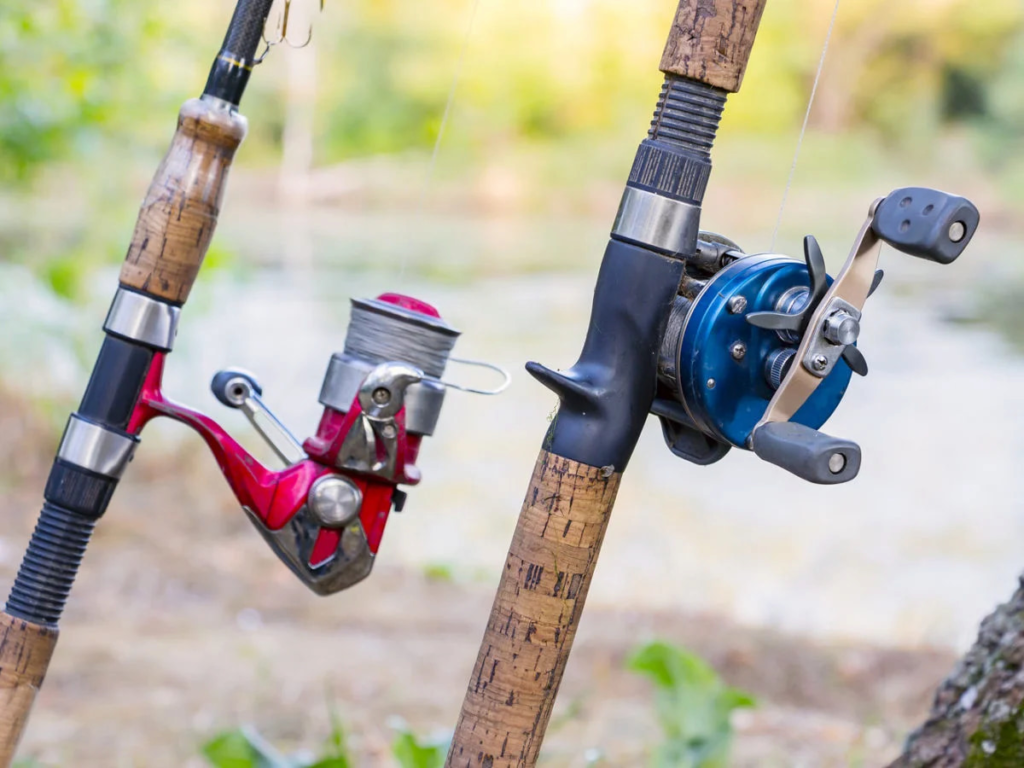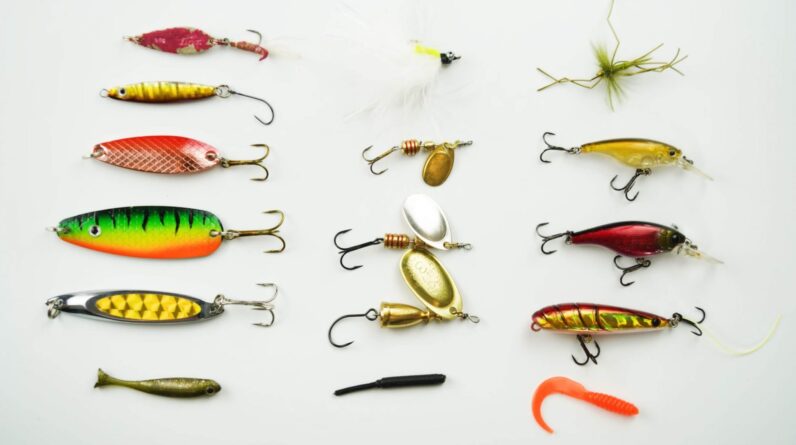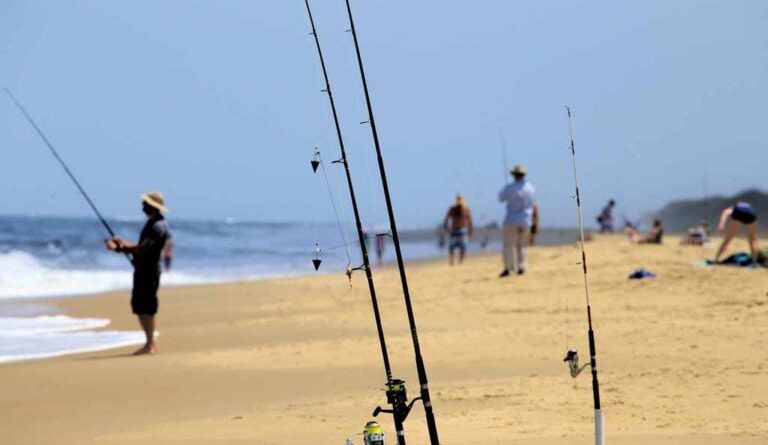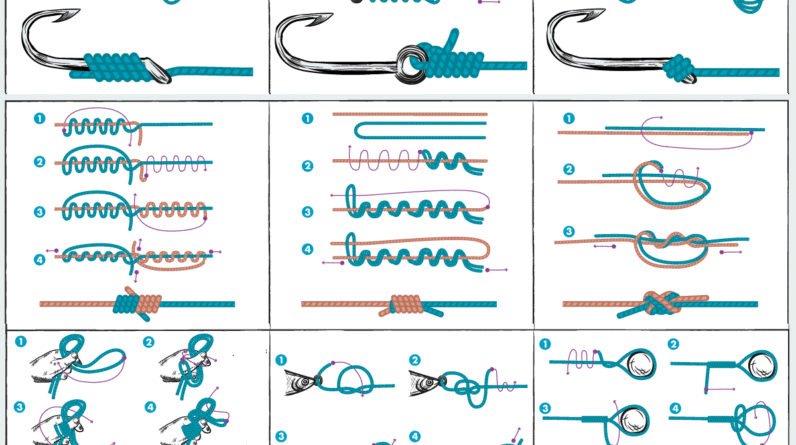Casting vs. Spinning: Fishing is more than just a sport—it’s a cherished pastime that brings enthusiasts closer to nature, hones their skills, and provides moments of tranquility or heart-pounding excitement. For those delving into the diverse world of fishing techniques, two of the most popular methods to explore are casting and spinning. These approaches stand out not only for their unique techniques but also for their adaptability to different anglers, fishing environments, and target species.
At Cheerfulfisherman.com, we’ve crafted this in-depth guide to navigate the intricacies of casting and spinning. Whether you’re a beginner eager to learn the ropes or an experienced angler looking to perfect your technique, this article is your go-to resource for understanding which fishing method aligns best with your goals and preferences. From the gear you’ll need to the skills you’ll develop, we’ve got you covered every step of the way.
1. Understanding Casting and Spinning: The Basics
What Is Casting?
Casting involves using a baitcasting reel mounted on top of the rod. This technique is popular among experienced anglers because it offers precision and control, particularly in targeting specific locations. The reel uses a spool that spins as you cast, releasing the line in a controlled manner.
Advantages of Casting:
- Exceptional accuracy.
- Better for heavy lures and lines.
- Ideal for targeting fish near structures like docks and vegetation.
Challenges of Casting:
- Steeper learning curve due to potential backlash (line tangles).
- Requires more practice to master thumb control on the reel spool.
What Is Spinning?
Spinning involves a spinning reel mounted underneath the rod. The line unspools in loops, making it easier for beginners to cast without tangles. Spinning is widely used for a variety of fishing scenarios and is often the first technique taught to new anglers.
Advantages of Spinning:
- Easy to learn and use.
- Minimal line tangling issues.
- Great for light lures and lines.
Challenges of Spinning:
- Less accurate than casting for long distances.
- Limited capability with heavy lures and larger fish.
2. Key Differences Between Casting and Spinning
| Feature | Casting | Spinning |
|---|---|---|
| Reel Position | Mounted on top of the rod. | Mounted underneath the rod. |
| Line Capacity | Handles heavier lines and lures. | Better for lighter lines and lures. |
| Accuracy | High precision in specific locations. | Decent, but less precise than casting. |
| Ease of Use | Challenging for beginners. | Beginner-friendly and versatile. |
| Target Fish | Best for large, strong fish. | Suitable for smaller or mid-sized fish. |
| Versatility | Focused on specialized techniques. | Works for various environments. |

3. When to Choose Casting
Fishing in Heavy Cover
Casting excels when fishing near weeds, rocks, and submerged structures. The precision allows anglers to drop lures exactly where fish are hiding.
Example Techniques:
- Flipping and pitching.
- Frog fishing in dense vegetation.
Targeting Larger Fish
If you’re going after bass, muskie, or other powerful species, casting offers the durability and strength to handle the fight.
Best Gear Options:
- Reel: Shimano Curado DC or Abu Garcia Revo SX.
- Rod: St. Croix Bass X Casting Rod or Dobyns Champion XP.
Using Heavy Lures
Casting setups perform well with heavier baits like jigs, crankbaits, and swimbaits.

4. When to Choose Spinning
Fishing Light Tackle
Spinning rods and reels shine when using light lines and small lures, such as soft plastics or live bait.
Example Techniques:
- Drop-shotting.
- Finesse fishing.
Shoreline and Kayak Fishing
Spinning rods are easier to manage in confined spaces, making them a favorite for shore anglers and kayak fishermen.
Best Gear Options:
- Reel: Shimano Stradic FL or Daiwa BG.
- Rod: Ugly Stik Elite Spinning Rod or Fenwick HMG Spinning Rod.
Beginner-Friendly Use
For new anglers, the straightforward design and minimal risk of tangling make spinning an excellent starting point.

5. Matching Technique to Target Species
Casting Favorites:
- Bass: Precision needed for heavy cover.
- Muskie: Handling heavy lures.
- Pike: Strength and durability for aggressive fights.
Spinning Favorites:
- Trout: Lightweight lines and lures.
- Panfish: Small jigs and live bait.
- Redfish/Snook: Versatility in saltwater flats.
6. Environmental Considerations
Freshwater Scenarios
- Casting: Ideal for lakes and rivers with heavy vegetation.
- Spinning: Perfect for clear, open water and finesse fishing.
Saltwater Adventures
- Casting: Handles larger saltwater species near reefs or wrecks.
- Spinning: Excels in surf fishing and shallow flats.
7. Cost Comparison: Casting vs. Spinning
- Casting Setup: Typically more expensive due to advanced reels and rods.
- Spinning Setup: More affordable, especially for beginners.
Budget-conscious anglers often start with spinning gear and gradually invest in casting equipment as their skills improve.

8. Tips for Mastering Each Technique
Casting:
- Practice thumb control to prevent backlash.
- Start with shorter casts to build accuracy.
- Use braided line for better strength and sensitivity.
Spinning:
- Match line weight to your rod’s specifications.
- Practice smooth casting motions to maximize distance.
- Use fluorocarbon leaders to reduce line visibility.
9. Which Technique Is Best for You?
Ask Yourself These Questions:
- What type of fish am I targeting?
- Will I fish in freshwater or saltwater?
- What is my skill level?
- Do I prioritize accuracy or ease of use?
Beginner Recommendation:
Start with a spinning rod and reel to build confidence and explore different fishing environments.
Advanced Angler Recommendation:
Invest in a casting setup for more challenging scenarios and targeted fishing.
10. Building Your Fishing Arsenal
Over time, many anglers choose to use both techniques to adapt to various fishing conditions. By understanding the strengths of each method, you can diversify your skills and increase your chances of success on the water.

Conclusion
Casting and spinning are both essential fishing techniques, each tailored to different fishing styles, species, and environments. By carefully considering your goals, the type of fish you’re targeting, and your preferred fishing settings, you can choose the technique that aligns best with your needs—or better yet, master both to enhance your versatility on the water.
Fishing is a continuous journey of learning, discovery, and improvement. Don’t shy away from exploring new methods, experimenting with various gear setups, and pushing yourself to take on new challenges. Each experience helps you grow as an angler. With the right knowledge, practice, and patience, you’ll develop a fishing technique that feels instinctive and brings you consistent success.
Happy fishing! 🎣






